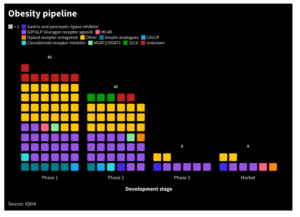Molecule prevents oedema
French researchers have identified a regulator which controls blood vessel permeability. Their findings open up the possibility to develop drugs preventing oedema that occur in large indications such as stroke or congestive heart failure.
Cécile Duplàa and colleagues from Inserm in Bordeau alread identified the E3 ubiquitin ligase PDZ domain-containing ring finger 3 (PDZRN3) two years ago as involved in blood vessel development during embryogenesis. Now, they found that PDZRN3 controls the integrity of the intercellular junctions between endothelial cells that line blood vessels and form a barrier between the circulatory system and tissues.
When they overexpressed the Pdzrn3 gene in mice, endothelial intercellular junctions changed their structure, blood vessels got leaky and caused hemorrhagic death. Knocking out the gene for Pdzrn3, in contrast, prevented brain oedema in mice in which the researchers had previously induced stroke. The effect was mimicked by an inhibitor of the ? isoform of atypical protein kinase C (PKC?), a kinase known to destabilise endothelial intercellular junctions. Manipulating Pdzrn3 abundance in endothelial cells affected the localisation of PKC? to intercellular junctions, activation of PKC?, and blood vessel permeability. While PDZRN3 depletion enhanced PKC? accumulation at cell-cell contacts, overabundance of PDZRN3 led to incorporation into a complex containing PAR3, PKC?, and the multi-PDZ domain protein MUPP1, and targeted MUPP1 for degradation. Deficiency of MUPP1 in endothelial cells caused decreased levels of PKC? and PAR3 at the intercellular junctions.
The French cardiologists suggest that targeting PDZRN3 and PKC? with inhibitors could prevent oedema. In the US alone, 800,000 people annually experience brain oedema after stroke.


 IQVIA
IQVIA White House
White House Clarivate
Clarivate